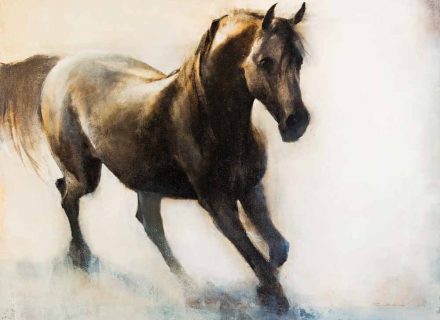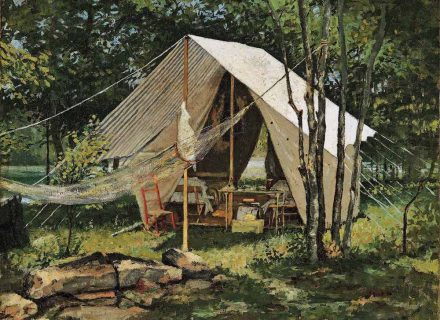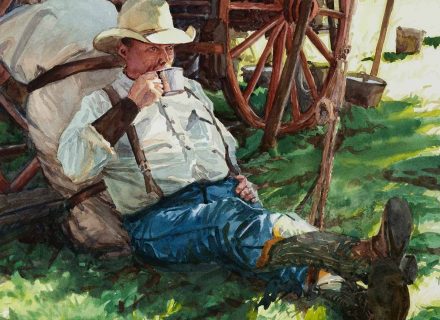One of the world’s most extensive private collections of Indigenous art and artifacts is now showcased at The Metropolitan Museum of Art.
Noted New York cultural philanthropists Charles and Valerie Diker began acquiring Native American art more than 40 years ago while visiting Santa Fe. As decades passed, the couple amassed one of the world’s most extensive private collections of Indigenous pottery, baskets, regalia, and sculptural objects. Now, many of these masterworks are on view in The Metropolitan Museum of Art’s Art of Native America: The Charles and Valerie Diker Collection.
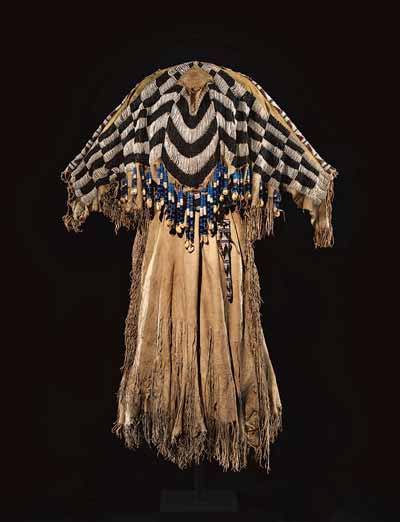 The exhibition is being hailed as a curatorial milestone. For the very first time in Met history, a collection that may have once been deemed “ethnographic” is installed in the institution’s American Wing, which is otherwise primarily devoted to fine and decorative art by Euro-Americans. Some might say that these impressive works — all of which are either promised gifts, donations, or loans to The Met — could be shown in the museum’s galleries of African, Oceanic, and pre-colonial Indigenous American objects, where they were, in fact, previously displayed. But the donors share a firm conviction that Native American art deserves a place alongside works by Euro-American figures such as Frederic Remington, John Singer Sargent, and other greats.
The exhibition is being hailed as a curatorial milestone. For the very first time in Met history, a collection that may have once been deemed “ethnographic” is installed in the institution’s American Wing, which is otherwise primarily devoted to fine and decorative art by Euro-Americans. Some might say that these impressive works — all of which are either promised gifts, donations, or loans to The Met — could be shown in the museum’s galleries of African, Oceanic, and pre-colonial Indigenous American objects, where they were, in fact, previously displayed. But the donors share a firm conviction that Native American art deserves a place alongside works by Euro-American figures such as Frederic Remington, John Singer Sargent, and other greats.
“The Dikers have always viewed their Indigenous collection as representing, in their own words, ‘the first American art,’ ” says Sylvia Yount, head of The Met’s American Wing. “They also feel strongly that it should be seen and understood in that historical and cultural context.”
Ranging from the second to the early 20th century, the works collectively represent the creative vision and skill of named and unnamed individuals from more than 50 Native North American cultures.
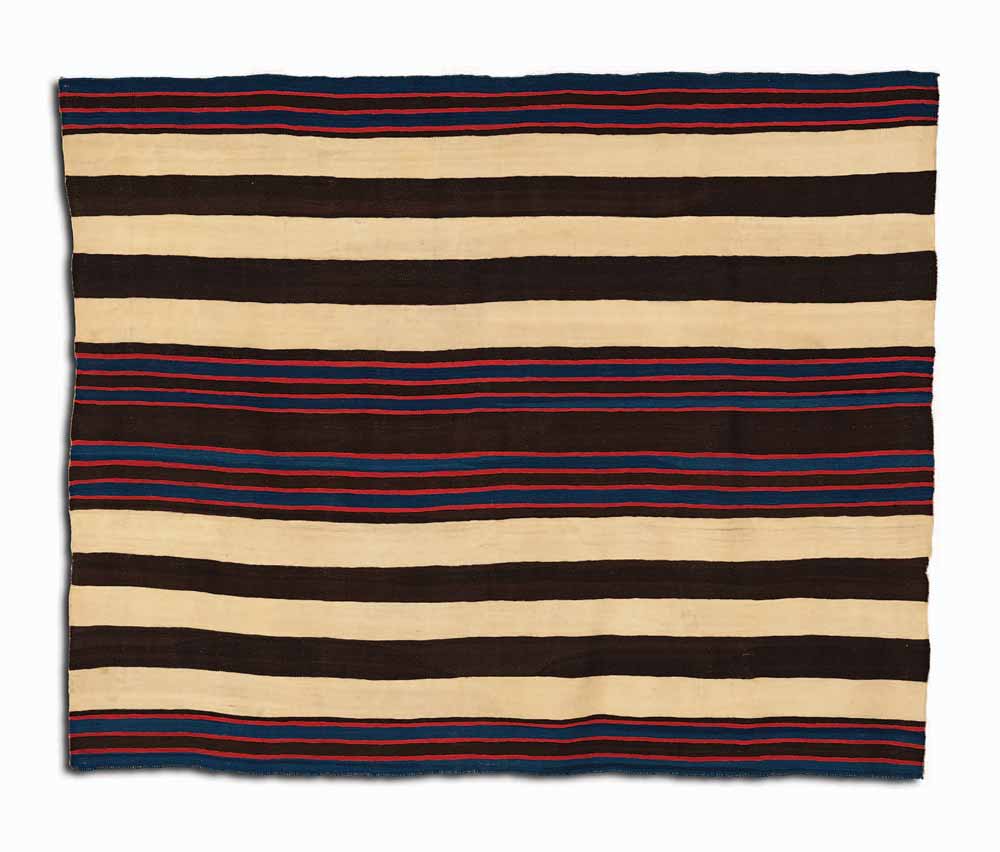
Highlights among the exhibition’s 116 Native works include a late-19th-century Acoma Pueblo water jar (one of the Dikers’ first New Mexico acquisitions); a Navajo first-phase chief’s blanket from 1840; a prize-winning 1907 basket bowl by Washoe artist Louisa Keyser; and a mid-19th-century carved wooden figure of a Haida woman from British Columbia.
Featuring the pieces in a department of mainstream American art isn’t the only cultural correction the exhibition strives for: A land ackowledgment at the exhibition entrance recognizes the Lenape peoples, who lost their ancestral homeland of Manhahtaan to European settlers — and, ultimately, to The Met.
Art of Native America: The Charles and Valerie Diker Collection is on view through October 6 at The Metropolitan Museum of Art in New York. metmuseum.org
Photography: Diné/Navajo artist, first-phase chief’s blanket, Arizona or New Mexico, ca. 1840, Wasco artist, dress and belt with awl case, Oregon or Washington, ca. 1870. (all images) © The Metropolitan Museum of Art/photographs by Bruce Schwarz
From the May/June 2019 issue.













